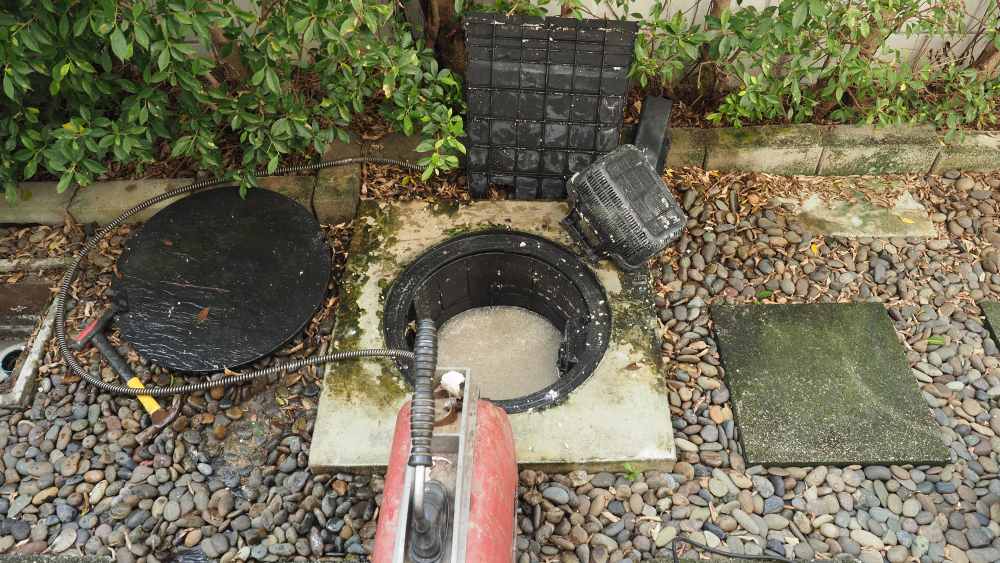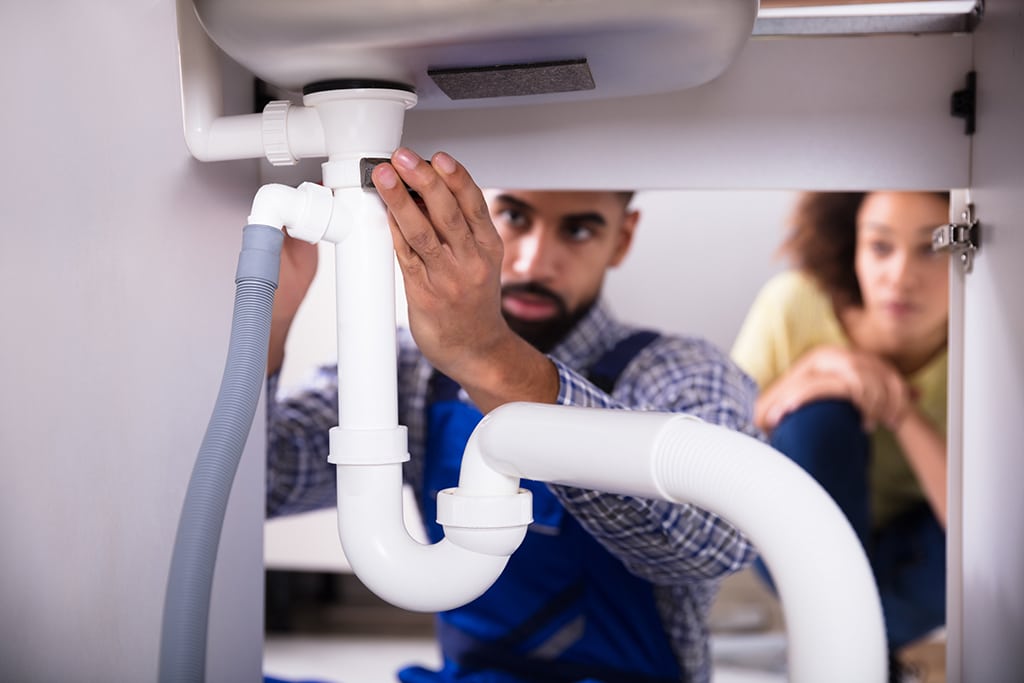Methods for Managing a Blocked Drain Prior to Seeking Professional Assistance
Methods for Managing a Blocked Drain Prior to Seeking Professional Assistance
Blog Article
Everybody maintains his or her own way of thinking with regards to Some easy tips to fix blocked drains.

Introduction
Dealing with a blocked drainpipe can be an irritating experience, disrupting everyday tasks and possibly creating damages to your residential property. However, prior to connecting to pipes professionals, there are actions you can take to deal with the problem yourself. In this guide, we'll discover do it yourself services and preventive measures to tackle an obstructed drain effectively.
Identifying the Issue
The primary step in resolving a blocked drain is identifying the indications. Slow water drainage, gurgling sounds, foul odors rising from drains, or water backing up are common indicators of an obstructed drainpipe. Recognizing these indicators early can help prevent better difficulties.
Usual Root Causes Of Obstructed Drainpipes
Recognizing the variables that add to drain clogs is essential for efficient resolution. Common perpetrators consist of hair, soap residue, oil, food debris, and foreign things like sanitary items or paper towels. Tree origins getting into below ground pipelines can additionally trigger significant obstructions.
DIY Solutions
For small blockages, a number of do it yourself services can be reliable. Putting boiling thin down the drainpipe can aid liquify grease and debris. Baking soda and vinegar or a combination of salt and cooking soft drink can work as natural cleansers. Using a plunger or plumbing serpent to dislodge blockages is one more option.
Tools and Tools
Having the right devices accessible can make DIY drain cleaning up a lot more efficient. A plunger is a flexible device for getting rid of blockages in sinks, toilets, and showers. A pipes serpent or auger can get to deeper clogs, while drain cleansing chemicals can be used very carefully for persistent clogs.
Preventive Measures
To avoid future clogs, embracing preventive measures is essential. Mount drain guards or strainers to catch hair and particles before they enter the pipes. On a regular basis flush drains pipes with warm water to liquify grease accumulation, and prevent disposing of oil or solid waste down the drain.
When to Call a Specialist
While DIY solutions can deal with minor clogs, specific indicators indicate the requirement for specialist help. Persistent blockages, foul odors despite cleansing initiatives, or several drains pipes supporting simultaneously are warnings that require skilled intervention.
Picking the Right Pipes Service
When selecting a pipes solution, take into consideration variables such as experience, licensing, and consumer testimonials. Choose a reputable plumbing technician with a track record of high quality craftsmanship and transparent prices methods.
Expense Considerations
The cost of specialist drainpipe cleaning company can vary relying on the intensity of the blockage and the plumbing technician's rates. Request quotes from several carriers and ask about any kind of added fees to ensure transparency and stay clear of shocks.
Safety and security Precautions
When attempting DIY drain cleaning, prioritize safety. Put on safety handwear covers and eyeglasses to avoid contact with damaging chemicals or microorganisms. Never ever blend different drain cleansing items, as this can generate harmful fumes.
Case Studies
Real-life instances illustrate the efficiency of DIY remedies and the importance of timely professional intervention in fixing drain blockages.
Conclusion
By adhering to the ideas detailed in this guide, you can effectively take on obstructed drains and prevent future plumbing issues. Whether going with do it yourself options or seeking expert aid, prompt activity is crucial to maintaining a healthy pipes system and protecting the integrity of your home.
How to Clear a Clogged Drain Yourself (And When to Call In the Professionals)
What Can Clog a Drain
Dirt Skin flakes Hair Grease Soap scum Food Offset pipes Tree roots Small objects Mineral buildup DIY Tricks to Unclog a Drain
You can fix this! Once you have identified the source of the clog (or have a vague idea), you can try one or a combination of these fixes in order to clear your plumbing.
Wire Hanger or Snake
Untangle and clear out hair from a drainpipe with a homemade snake. Use a straightened-out wire hanger with a 90-degree angle hook to locate the clog and drag out any unwanted material.
Remember not to push the clog further down to where the wire hanger cannot reach! If you need to follow up with a plunger, give it a try. Your efforts might be more successful after it’s been wire-snaked.
If you want to get fancy and don’t have a wire hanger to spare, head to the store and pick up a hand-operated drain snake. You can get one for $10-$30. It may save you the hassle, and provide additional length to reach deep into the clogged pipe.
Plunger
A cup plunger has a suction cup attached to a wooden handle. The rubber creates a seal around the drain, and increases the pressure force of the plunger.
Plunge for 30-second increments to loosen the clog. This may need to be repeated over the course of 15-20 minutes. Once plunged, run the water to flush the remaining material out of the drain.
Remember– never use a plunger if you have used a chemical drain cleaner. These chemicals can splash up from the force of the plunger and cause serious injury or burns.
Boiling Water
Hot water can sometimes break up materials into a flushable amount. Dirt, grease, and soap buildup requires heat in order to unstick from surfaces.
Take your kitchen kettle and heat your water to a boil. Once it reaches a rolling boil, pour it directly down the drain into the blockage. Carefully follow with plunging, if necessary.
Don’t worry if this takes more than one try! It can often take multiple kettles and repeated plunging in order to clear a particularly stubborn clog.
Chemical Drain Cleaner
As a last resort, pick up a bottle of chemical drain cleaner. Drain-cleaning chemicals are potent, and not very good for the environment.
You may need to wear protective eyewear in gloves before handling your bottle of chemical drain cleaner. Follow the instructions printed on the bottle, and flush with water as soon as the instructions allow. Do not follow with plunging.
Baking Soda and Vinegar
As a safer alternative to chemical drain cleaner, baking soda and vinegar can create a chemical reaction that clears tough clogs.
Combine one cup of cleaning vinegar with one cup of boiling water, and set aside. Once you have done this, pour half a cup of baking soda down the drain. Give the baking thirty seconds to settle and cover a large portion of the problem drain.
Following the baking soda, pour down your vinegar and hot water solution. Once the vinegar and baking soda combine, the mixture will bubble and fix. Let this reaction fizzle in the drain for about an hour.
After an hour, follow with a kettle’s worth of hot water. The heat and liquid should flush out any remaining material.
When to Call a Plumber
If your DIY attempts haven’t cleared your clog drain, it’s time to call in a professional. It’s not worth losing access to your kitchen sink or high-traffic bathroom. A clog in a vital area can keep you from the things you’d rather be doing, and derail your routine.
Anytime a clog is causing water to spread is a time to call in a plumbing service. What starts out as a little bit of water can quickly grow into serious, expensive water damage.
Additionally, a serious clog can result in burst pipes or serious leaks. Make sure you know when to take it seriously!
https://myguysnow.com/how-to-clear-a-clogged-drain-yourself-and-when-to-call-in-the-professionals/

As an avid person who reads about Tips for Dealing with Clogged Drains and Sewer Lines, I assumed sharing that article post was essential. Sharing is nice. You never know, you might be helping someone out. Thank you so much for your time spent reading it.
More Details Report this page